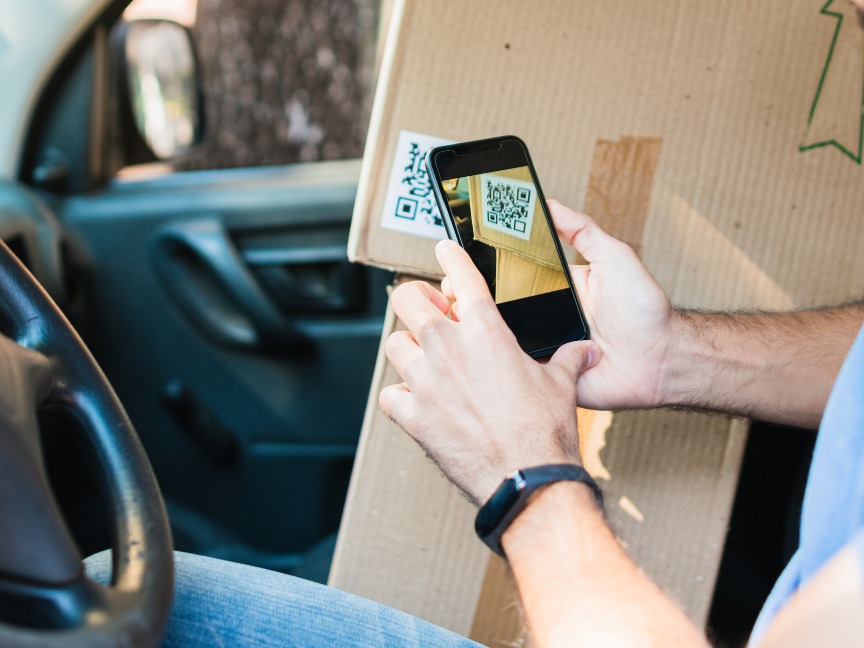Over 10 years experience of Traceability Solutions

By Pharmatrax Author
Category: Technoloy
 No Comments
No Comments
The counterfeit business is booming, at the cost of authentic businesses suffering heavily.
According to one report, counterfeit goods caused an estimated $323 billion damage to the global economy in 2018. According to Forbes, counterfeiting was the largest criminal enterprise in the world. The counterfeit industry is predicted to grow to $2.8 trillion and cost 5.4 million jobs by 2022. The world is witnessing a massive supply crunch resulting in shipment delays, and counterfeiters may use this as an opportunity to capture a wider market.
Fake products are everywhere. From cosmetics to pharmaceuticals, even cooking oil and clothes, every major industry suffers heavily due to counterfeit products. According to an estimate from Gartner, nearly 60% of “extra virgin” olive oil is fake. Counterfeit products affect the brand image of businesses significantly. The world is losing nearly $90 billion annually due to counterfeiting. Counterfeiters make millions by selling cheap copies, and businesses must look beyond traditional practices to find an effective solution.
Counterfeiters gain strength from issues like supply chain disruptions and production shortages. The pandemic has ruptured the global supply chain, providing counterfeiters with an opportunity to flood the market with fake products to meet the demand. The size of the counterfeit products market reflects the failure of authentic countermeasures, and businesses have realized this too. Deployment of groundbreaking technologies like blockchain to tackle counterfeiting is sorely needed. Several luxury brands, including LVMH, have adopted blockchain technology after recognizing it as an effective means to take on counterfeit products.
The Most Impacted Industries
Counterfeit products hinder innovations across industries by providing cheaper alternatives to consumers. This severely affects brand image and costs businesses heavily. Following are some of the largest impacted industries:
Toys, jewelry, electronics and leather goods are some of the other industries severely affected by the sale of counterfeit products.
Some businesses ignore the creation of fake products under their branding, rationalizing that the cost of fighting the counterfeiters outweighs the losses. In addition, social media platforms turn a blind eye to posts that advertise counterfeit products, as they boost engagement.
Businesses will have to take on the responsibility of fighting the counterfeit industry. Traditional practices have failed to put a stop the counterfeiters, and it’s time to look beyond them to tackle the issue. Following are four tools that businesses can deploy to spot and stop counterfeits:
While these problems can solve the problem to some extent, there still are some shortcomings to consider. The human verification method would be inefficient in the case of large businesses that produce thousands of products daily. One alternative is to layer all three solutions together, but the cost will increase significantly. There’s a need for a cost-effective solution that can end counterfeiting across industries.
Blockchain as a Solution
Improved traceability and end-to-end tracking can help businesses fight counterfeiting to a large extent, and blockchain is helping businesses across industries in tracking their shipments in real time. Walmart uses blockchain to add transparency to the food supply ecosystem. Automobile giant Ford uses it to trace supplies of cobalt. FedEx relies on blockchain technology to guard its chain of custody. The adoption of blockchain among businesses is increasing with the rise in awareness about the technology.
Blockchain helps tackle counterfeiting by identifying a product’s proof of origin, or provenance. By combining this with blockchain’s end-to-end tracking mechanism, companies can ensure quality checks at every level, from production to delivery. Smart tags are integral to a blockchain-powered solution for fighting counterfeiting.
Smart tags are used by companies to implement blockchain provenance identification. They’re attached to products to identify the place of manufacture, track real-time location, and assign specific information at various stages. Following are some common types of smart tags used by businesses.
When a smart tag is attached to a product, data of every new transaction is sent to the blockchain along with the corresponding time stamp, creating a trust layer for the data by rendering it immutable. This makes it easy for concerned parties to track a shipment and view history right from the onset.
We’re witnessing the emergence of blockchain-powered platforms that provide customized tools to businesses for tackling counterfeiting. They draw on distributed ledger technology to create a digital footprint for the entire supply chain. Platforms streamline the flow of money and services in the supply chain with automation, eliminating the possibility of fraud. Blockchain-powered solutions designed for fighting counterfeiting can be easily integrated with legacy systems. This makes blockchain a cost-effective solution to fight counterfeiting.
As consumer demands increase, counterfeiters will try to ride on the opportunity and increase their market share. The world needs a cost-effective solution to tackle counterfeiting, and it needs it now. Since the adoption rate of blockchain looks promising, innovators have the opportunity to leverage it for the benefit of the global economy. Furthermore, blockchain solves the problem of counterfeiting without replacing legacy systems. As businesses transform their operations with digitization, the scope of leveraging blockchain keeps growing larger.